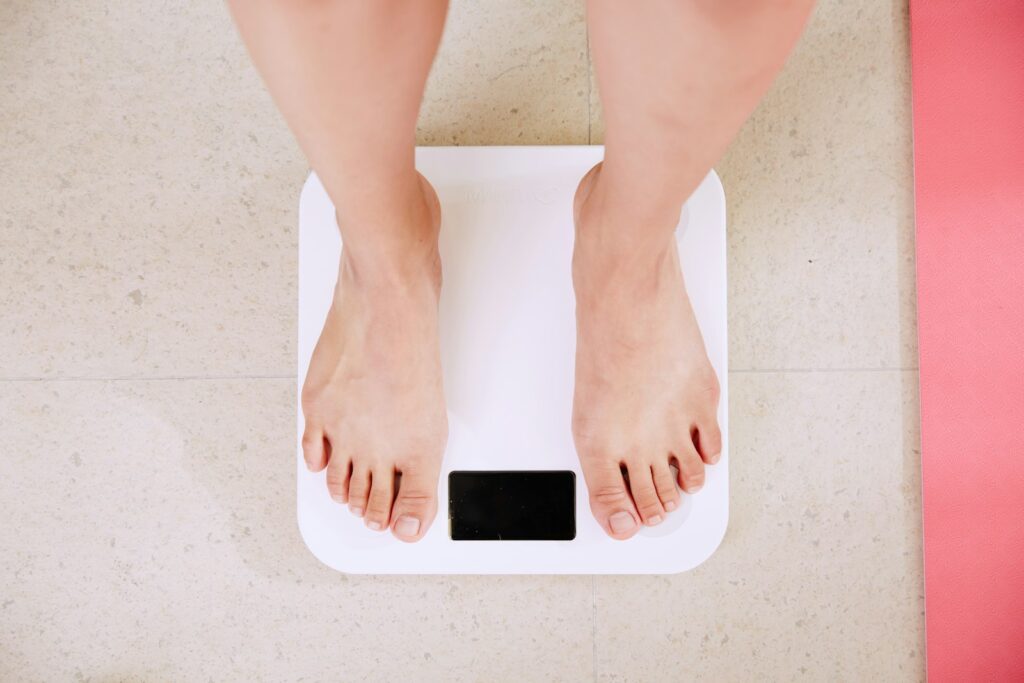This Post Contains Affiliate Links. Please Read Our Disclosure for Full Information.
Hey bestie! So here’s the tea—sometimes the foods we think are super healthy (hello veggies 🥦) can actually leave us feeling bloated, gassy, and straight-up uncomfortable. Like… why does my stomach look 6 months pregnant after a “healthy” meal? Been there!
But don’t worry, babe. I’m about to spill all the deets on 8 common veggies that cause bloating AND how to still live your best life without ditching the greens completely. Ready? Let’s de-bloat like a boss. 💁♀️💨

🥦 1. Broccoli (The Queen of Bloat)
Look—broccoli is amazing for health but it’s also packed with fiber and raffinose, a sugar your gut bacteria love to ferment (cue the gas).
👉 Steaming it can help, or try a digestive enzyme like this one: Digestive Enzyme Supplement.
🥬 2. Cabbage (Gas Queen’s Sister)
Cabbage is another cruciferous veggie that can cause major bloat and even stinkier gas (no shame, babe—it’s science).
👉 Add ginger tea to your routine to help digestion: Ginger Tea.
🫘 3. Brussels Sprouts (Tiny but Mighty Gassy)
These lil cuties are delicious but full of indigestible carbs that feed gut bacteria—hello bloat!
👉 Pro tip: Pair with apple cider vinegar before meals to help digestion: Apple Cider Vinegar.
🌽 4. Corn (Sneaky Bloat Creator)
Corn contains cellulose, a fiber that your body can’t break down easily—leading to gas & puffiness.
👉 Chew extra well (yes, really!) and sip on peppermint tea after: Peppermint Tea.
🧅 5. Onions (The Silent Gassy Villain)
Onions are rich in fructans, which ferment in the gut and create major gas. Raw onions = worst offenders.
👉 Cook them well or take activated charcoal if you’re feeling extra gassy: Activated Charcoal.
🥒 6. Cucumbers (Water but… Bloat?)
Cucumbers can actually cause water retention and mild bloating for some babes. Weird but true.
👉 Add lemon water with a pinch of salt to flush out the excess: Lemon Squeezer.
🥕 7. Carrots (Yes, Even These!)
Carrots are high in fiber which, in large amounts, can cause bloating—especially if your gut isn’t used to it.
👉 Start slow and sip on probiotic drinks to keep gut flora happy: Probiotic Supplement.
🌶️ 8. Bell Peppers (Hidden Bloat Bomb)
They may look innocent, but bell peppers have tough skins and can cause indigestion & bloat in sensitive tummies.
👉 Roast or peel them, and pair with digestive bitters like this: Digestive Bitters.
✨ How to Beat the Bloat Like a Pro:
✅ Drink warm water + lemon first thing
✅ Take a daily probiotic
✅ Avoid overeating fiber suddenly
✅ Move your body after meals (a quick walk is enough!)
💖 Final Bloat-Free Thoughts:
Don’t worry babe, you don’t have to cancel veggies forever. Just knowing which ones can cause bloating (and how to handle them) can totally change the game. With these tips and tricks, you’ll be snatched, confident, and comfy—no more surprise food babies!
👉 Shop your anti-bloat essentials on Amazon and slay your day bloat-free 💕









